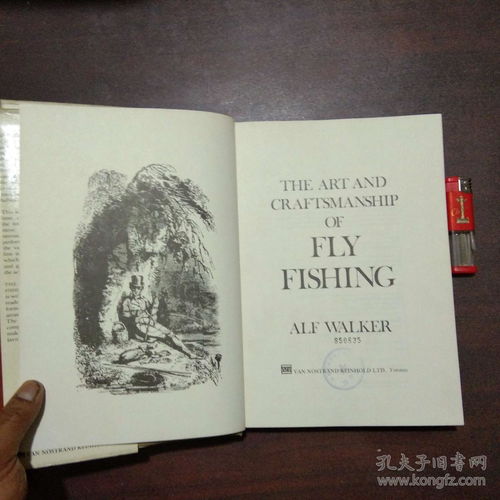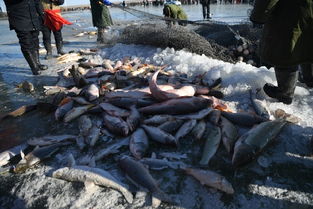Content:
Introduction: Lure fishing is a popular and exciting fishing technique that involves using artificial lures to attract fish. Whether you are a beginner or an experienced angler, learning the basics of lure fishing can greatly enhance your fishing experience. In this article, we will discuss various techniques and tips to help you learn how to fish with lures effectively.

Choosing the Right Lure: The first step in learning lure fishing is to choose the right lure for your target species. Different lures are designed to mimic various types of prey, such as minnows, insects, or fish. Here are some popular types of lures:
- Spinnerbaits: Ideal for targeting bass, spinnerbaits are effective in clear water conditions.
- Crankbaits: These lures imitate small fish and are great for bass, trout, and walleye.
- Jigs: Jigs are versatile and can be used in various water conditions. They are perfect for targeting bass, panfish, and walleye.
- Topwater lures: Topwater lures are designed to imitate insects or fish on the surface of the water. They are great for catching aggressive fish like bass and pike.
Mastering the Cast: One of the essential skills in lure fishing is casting. A good cast allows you to cover more water and present your lure to fish effectively. Here are some tips to improve your casting technique:
- Hold the rod with a relaxed grip: A firm grip can cause unnecessary tension and lead to poor casting.
- Use the full length of the rod: Casting with the entire length of the rod increases your casting distance and accuracy.
- Practice different casting techniques: Experiment with various casting techniques, such as the overhead cast, sidearm cast, and roll cast, to find the one that works best for you.
Retrieving the Lure: The way you retrieve the lure can make a significant difference in attracting fish. Here are some tips for different types of lures:
- Spinnerbaits: Retrieve spinnerbaits with a steady retrieve, occasionally twitching the rod tip to create a fluttering motion.
- Crankbaits: Retrieve crankbaits by moving the rod tip in a steady, upward motion, allowing the lure to dive deeper into the water column.
- Jigs: Vary your retrieve by using a combination of lift-and-drop, slow retrieve, and stop-and-go techniques.
- Topwater lures: Retrieve topwater lures by making short, quick retrieves with a twitching motion to create a popping or splashing effect.
Reading the Water: Understanding the water conditions and fish behavior is crucial for successful lure fishing. Here are some tips to help you read the water:
- Observe the water's surface: Look for signs of fish activity, such as boils, splashes, or surface disturbances.
- Study the bottom structure: Identify areas with vegetation, rocks, or drop-offs, as these are likely to hold fish.
- Pay attention to weather conditions: Fish may be more active on overcast days or during windier conditions.
Learning from Experience: The best way to improve your lure fishing skills is through practice and experience. Here are some tips to help you learn from your fishing trips:
- Keep a fishing journal: Note down the techniques you used, the conditions you encountered, and the results you achieved.
- Watch fishing videos: Learn from professional anglers and see how they apply different techniques in various situations.
- Join a fishing club or community: Connect with other anglers who can share their knowledge and provide valuable tips.
Conclusion: Learning how to fish with lures can be an enjoyable and rewarding experience. By choosing the right lure, mastering the cast, retrieving the lure effectively, reading the water, and learning from experience, you can become a skilled lure fisherman. Remember to practice regularly and enjoy the process of improving your fishing skills. Happy fishing!












